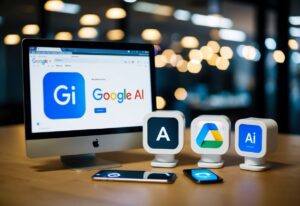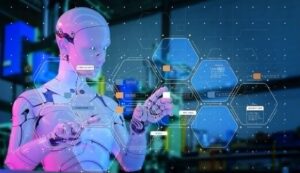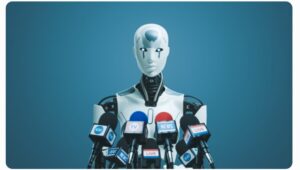AI Robotics
The Rise of AI Robotics: Transforming Our Future
1. Introduction
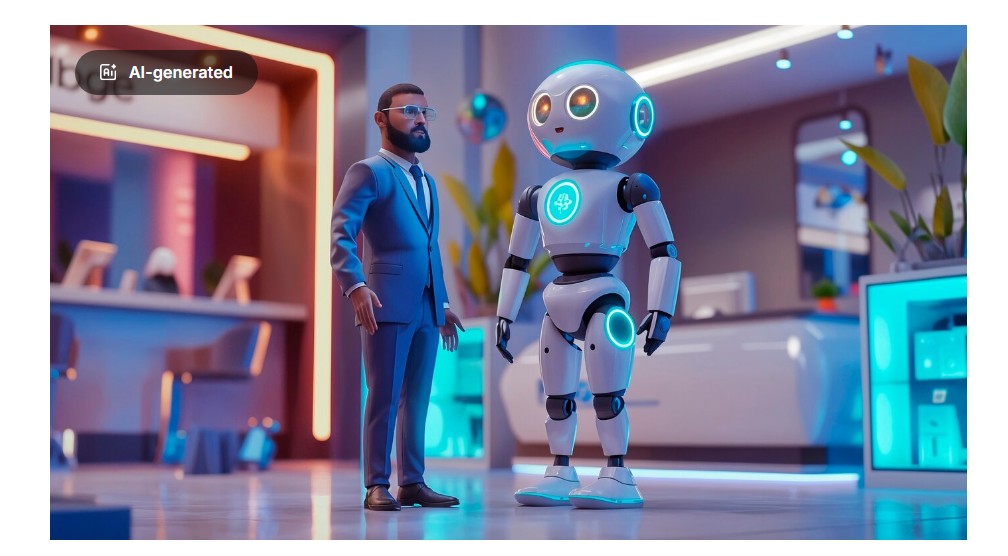
Artificial Intelligence (AI) robotics is something fascinating, and it’s changing the way we live and work in ways we couldn’t have imagined just a few years ago.
Combining the intelligence of AI with the physical abilities of robots has opened up a world of possibilities. As someone who has been following these developments, I find it exciting how much impact this technology is already having, and I believe it’s only the beginning. With AI robotics becoming increasingly integrated into our lives, it’s a timely and relevant topic to explore.
2. What is AI Robotics?
Let me break it down: AI, or artificial intelligence, is when machines are designed to think, learn, and make decisions like humans. Robotics, on the other hand, is all about building machines that can perform physical tasks.
When we merge these two fields, we get AI robotics—machines that not only perform tasks but also learn, adapt, and think in real time. It’s this combination that’s creating some of the most advanced, intelligent machines we’ve ever seen.
3. Historical Context
Looking back, robots have been around for decades. They started off as simple machines performing repetitive tasks in industries. The word “robot” itself was coined in 1920 by Karel Čapek. Fast forward to the 1950s, and robotics took a big leap with the development of Unimate, the first industrial robot.
AI’s journey began around the same time, with researchers trying to mimic human thought processes through computers. The real magic happened when AI met robotics, giving us machines that could learn from their environments and make decisions on their own. It’s amazing how far we’ve come—from clunky mechanical arms to smart machines that can perform surgeries or navigate complex environments.
4. Current Applications of AI Robotics
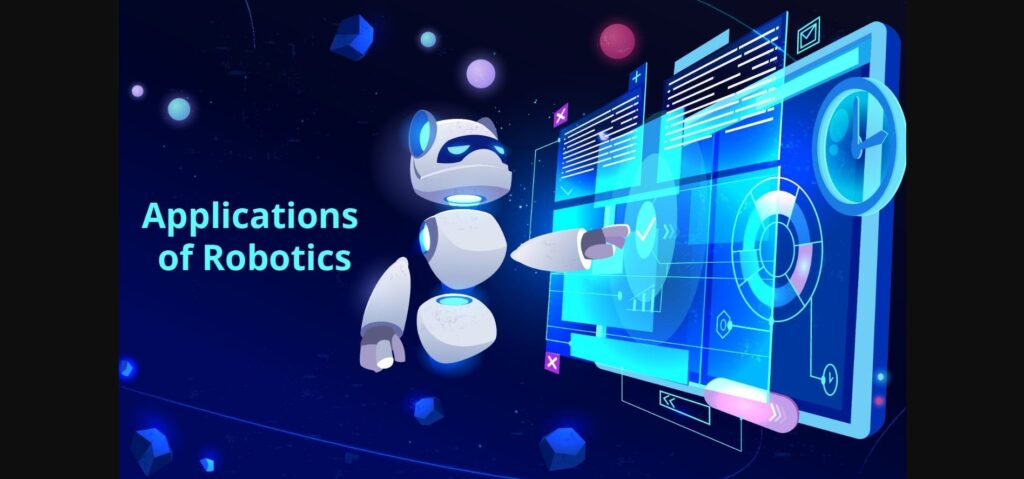
Now, if we look around, AI robotics is everywhere. Here are some of the ways it’s being used today:
Industrial Use: In factories, robots are doing the heavy lifting—literally. They’re assembling cars, packing goods, and even managing warehouses. The speed and accuracy they bring to these processes are mind-blowing. I’m particularly impressed by how companies like Amazon use robots to manage logistics, making things run smoother and faster.
Healthcare: One of the areas that inspire me most is healthcare. Robots like the da Vinci Surgical System are helping doctors perform surgeries with incredible precision. AI-powered robots can assist with everything from diagnostics to patient care, and they’re improving outcomes for patients all over the world.
Service Industry: Have you ever been served by a robot? It’s happening! In hotels and restaurants, robots are being used to check in guests, deliver food, and even clean rooms. It’s an exciting shift that’s changing how we experience hospitality.
Home Robotics: At home, AI robotics is becoming a part of our everyday routines. From Alexa helping with daily tasks to Roomba cleaning our floors, we’re seeing smart machines make life easier. It’s incredible to think about how much we rely on them without even realising it.
5. Benefits of AI Robotics
There’s no denying that AI robotics brings a lot of benefits. For one, the efficiency and productivity gains are huge. Robots don’t need breaks, and they don’t make mistakes like we do—especially in tasks that require precision. Think about the accuracy needed in a surgery or the consistency required on an assembly line—AI robots can handle these with ease.
Another major benefit is safety. Robots are taking on dangerous tasks, whether it’s handling hazardous materials in a factory or performing complex surgeries. And let’s not forget about job creation—while there’s concern about robots taking over jobs, they’re also creating new opportunities in fields like AI development, robotics maintenance, and data science.
6. Challenges and Concerns
But, as exciting as AI robotics is, I can’t ignore the challenges and concerns that come with it. One of the big ones is the ethical dilemma around job displacement. It’s true that as robots take over more tasks, some jobs may disappear, especially in industries like manufacturing.
Then there’s the issue of privacy—with robots being able to monitor and gather data, we have to ask ourselves how much of our personal information we’re willing to share.
On the technical side, reliability and security are constant challenges. Robots are machines, and machines can fail. Ensuring they are safe, secure from hacking, and reliable is something developers are still working on. Lastly, there’s the question of public perception.
I’ve noticed that many people are still uneasy about the idea of robots becoming a big part of our lives, partly because of how they’ve been portrayed in movies.
7. The Future of AI Robotics
Looking ahead, I’m excited about where AI robotics is heading. We’re already seeing humanoid robots that look and act more like us, which could change how we interact with machines on a social level. And with the rise of swarm robotics, where groups of robots work together to solve complex problems, the potential is mind-boggling.
Whether it’s search and rescue missions, disaster management, or even large-scale construction projects, the possibilities seem endless.
In the next decade, I believe AI robotics will continue to integrate into more aspects of our daily lives. Smart cities might be managed by intelligent robots that help optimise traffic, energy usage, and public services. The question we’ll all need to consider is how we as a society will adapt to this ever-evolving technology.
8. Conclusion
AI robotics is no longer just the stuff of science fiction—it’s here, and it’s transforming the world around us. From industrial applications to healthcare, home assistants to service robots, the benefits are vast and exciting.
But with this transformation comes a responsibility to address the ethical, technical, and societal challenges that arise. As AI robotics continues to develop, I believe it’s important for all of us to stay informed, engaged, and ready to embrace the future with both curiosity and caution.
FAQs
Q: How do AI and robotics work together?
A: AI gives robots the ability to learn, adapt, and make decisions. While robotics focuses on building machines that can physically perform tasks, AI allows those robots to “think” and improve their performance based on data and experiences.
Q: Are AI robots taking jobs away from people?
A: While some jobs, particularly in manufacturing and repetitive tasks, may be replaced by robots, AI robotics is also creating new opportunities in areas like robotics maintenance, AI programming, and data science. The key will be for people to learn new skills and adapt to these changes.
Q: Can AI robots be trusted in healthcare?
A: AI robots are already being used successfully in healthcare, particularly in surgeries where precision is crucial. They undergo rigorous testing and are designed to assist doctors, not replace them. The goal is to improve accuracy and patient outcomes while reducing human error.
Q: What are the biggest challenges facing AI robotics today?
A: Some of the main challenges include ensuring the reliability and security of these robots, addressing ethical concerns such as job displacement and privacy, and overcoming public mistrust or fear of robots. Developers are working to address these issues as the technology evolves.
Q: What can we expect from AI robotics in the future?
A: In the future, we can expect robots to become even more integrated into our daily lives. From humanoid robots that help with social interaction to robots managing entire cities’ infrastructures, AI robotics will continue to expand. The focus will be on making these systems smarter, safer, and more adaptable.



